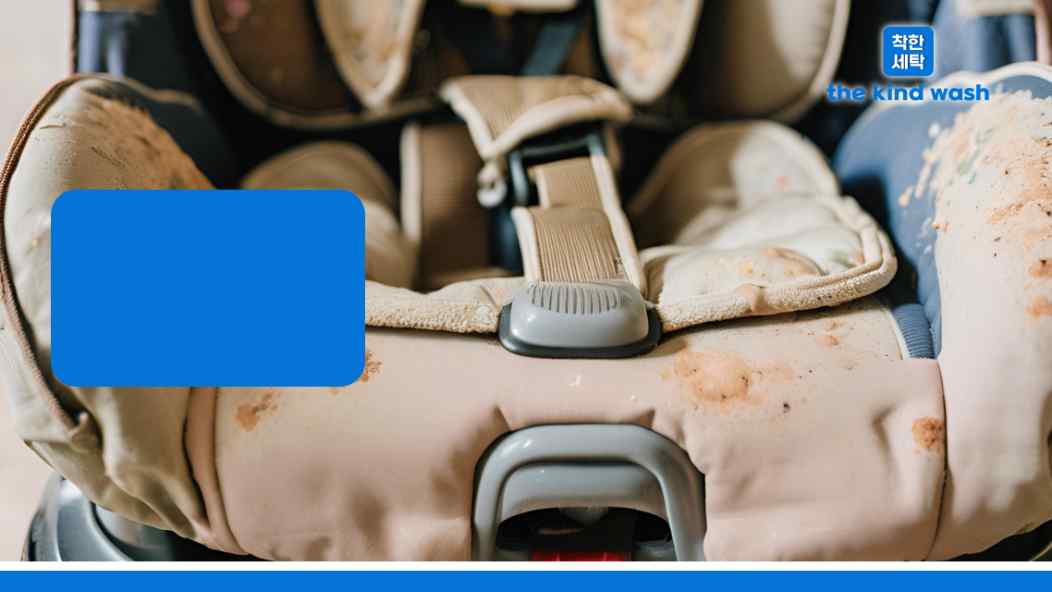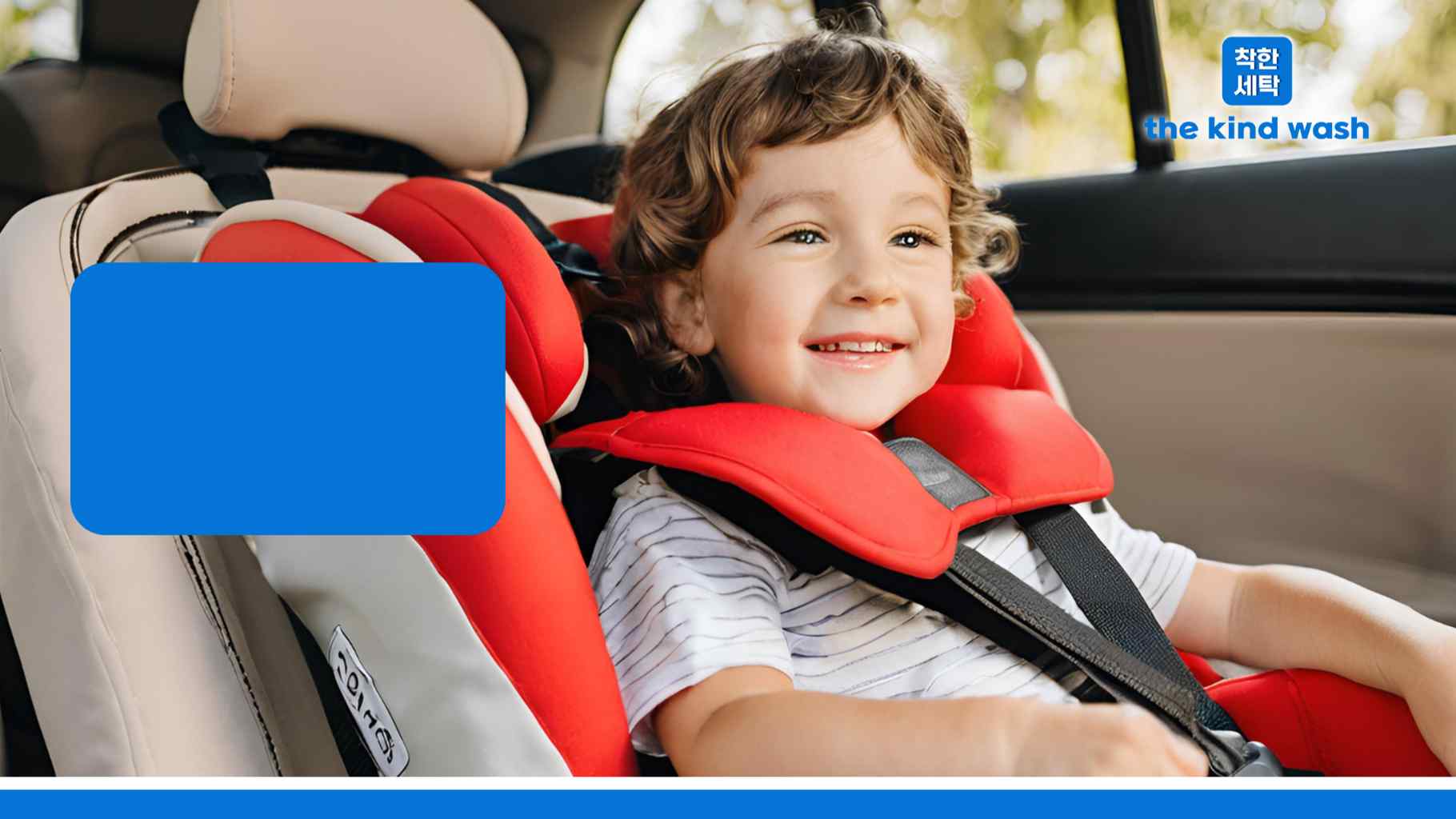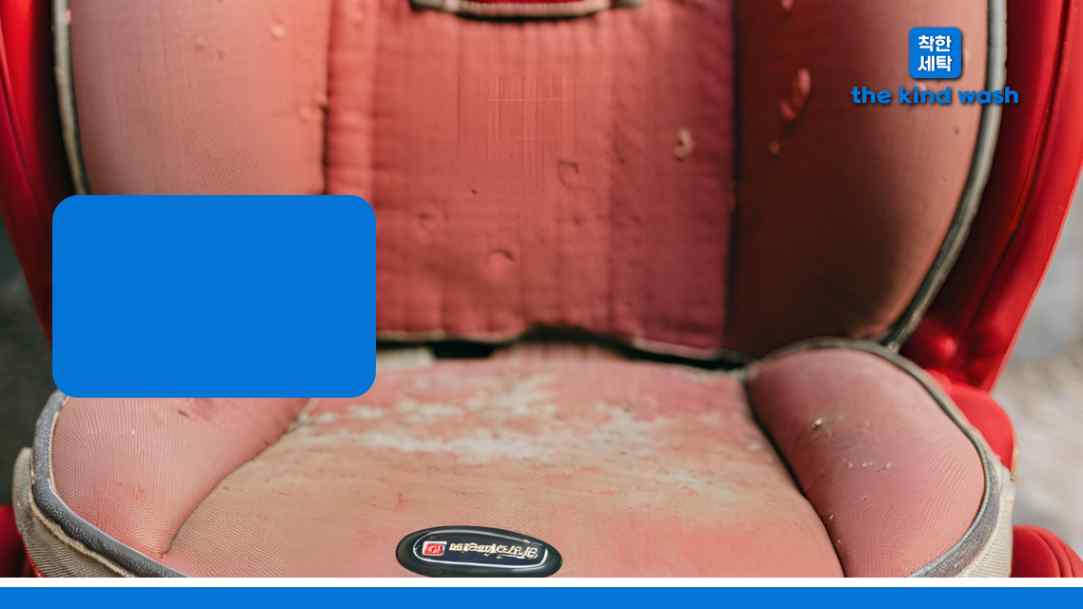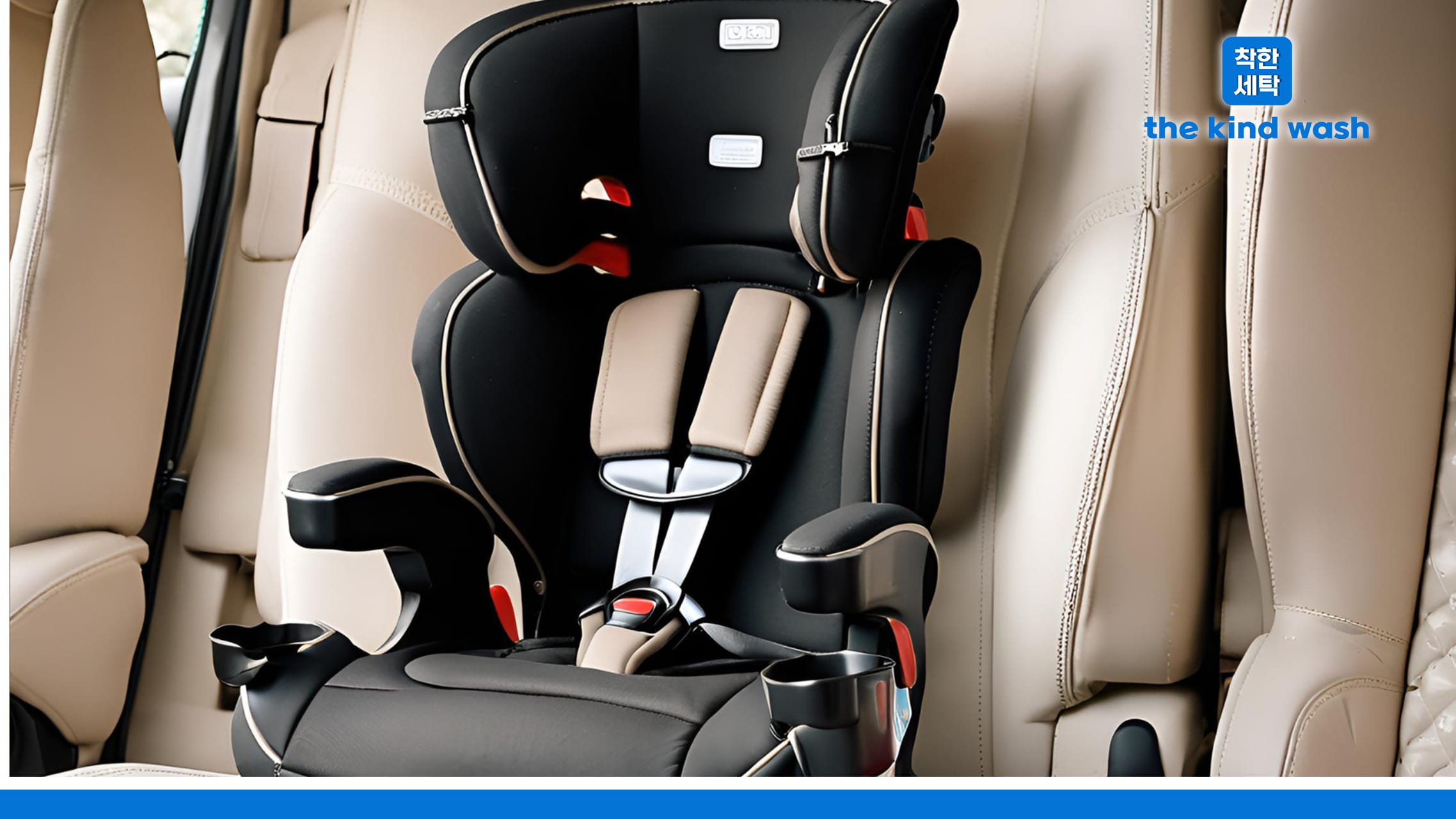Safety during car rides is a matter of utmost concern for any parent and their children. In Singapore, they are legally required to ensure that you and your vehicle remain in a safe location, regardless of the child’s size.
Booster seats will get kids to that old-enough-height of matching a seat belt, which is beneficial and makes the chances of injury less in an accident. Here’s a guide to booster seat use in Singapore, from how to choose the right one for your child, to ensuring that it is installed correctly all the way up until maintenance.
There are tons of ways you can do that, and honestly, it is a bit confusing once the other types and legal requirements come into play.
In Singapore, children between four and seven have to use a car booster seat by law. So we are going to inform you how to choose the proper booster seat for your child, make an attempt safely, and preserve it correctly.
Not only does following these regulations keep your child safe, but it also helps to avoid fines. Let’s get into the details and find out how to use and care for a booster seat effectively in Singapore. Protect your little ones with the kind wash’s expert booster seat cleaning services.
Let’s Talk About Booster Seats First
When it comes to protecting the safety of children in cars, booster seats are essential. Booster seats as opposed to traditional car safety seats, are designed specifically for older children or adults or teens who do not fit properly in a standard seat, so that the lap belt will contact and rest low across the toughened skeletal structure of pelvic bones instead of high on their soft abdomen if involved in any crash.
By law in Singapore, parents must use booster seats if they want to do the best for their children.
In Singapore, there are two types of booster seats: high-back and backless boosters.
High-back Booster seats
This seat comes standard with a high backrest that keeps your child safe from head to neck and down his or her spinal column. It is hugging them lightly during the journey. It helps position the seat belt so that your child’s shoulders and lap”not the neck or tummy”are where they provide protection. Well, as parents, we always wish the best for our little ones. Upfront, the high-back booster seats offer security while riding along with comfort for your little one.
Backless Booster Seats
Backless booster seats are as if you have given your child a tiny lift in the car without too many twists and turns. A humble booster seat that elevates your tot just high enough to allow the car’s own seat belt to fit. It’s for those “big kids” who’ve outgrown their car seats but aren’t quite ready for the adult seat yet.
For kids, these seats are often a badge of honor. They feel grown-up sitting on a “big kid” seat, but you still have peace of mind knowing they’re properly protected. This creates a double win-win for keeping mom, dad, and kids happy on our car rides.
Legal Requirements in Singapore
Aside from the fact that every parent should be responsible for his/her child’s safety on the road, it is also a law here in Singapore. This means that all children below 1.35 meters in height must be properly restrained, and this also includes the use of booster seats as mandated by law.
It is especially important to this regulation when children are along for the ride and you want them out of harm’s way.

In transportation in Singapore, the law and the booster seat are used by children. If parents do not adhere to these laws, they can be fined and given demerit points.
You have to protect your child, not get penalized. Booster seats serve to boost children higher up so that seat belts fit correctly, thereby lowering the chances of injury in a collision.
When picking a booster seat, it is important that you look for one that complies with the Singapore Safety Standard. These standards help ensure that the testing of your booster seat is comprehensive and safe.
Knowing and obeying these legal necessities not only keeps you lawful but also shows that you are taking whatever steps may be taken to protect your child.
By following this guideline, you will know that your kid is really safe and secure when they are going for a ride.
Considering that in Singapore you have to use a booster seat so long as your child is not the right height or weight to be on just an adult safety belt, legally speaking, it makes sense for parents of toddlers and preschoolers who recall much shorter bus journeys with stop-start traffic jams.
Choosing the Right Booster Seat
1. Safety Features First
Of course, safety features are the most important when choosing a booster seat in Singapore. Comfort also comes into play, as booster seats generally have improved all-around safety with energy-absorbing foam, reinforced frames, and more.
Remember, the best defense is for your children.
2. Comfort Counts
It’s going to be beneficial for long drives because comfort is most important. Booster seats with thick padding and a headrest that is cascaded and adjustable would make your child feel comfortable on long journeys. Your child can have a more enjoyable trip in some models because of their extra features, such as an individual cup holder and armrest. A comfortable booster seat is more likely to be used properly each and every time, simply because it feels good.
3. Size and Compatibility
Because not all booster seats can be utilized in every vehicle, it is recommended to opt for a product that works best with your specific type of car. Check the booster seat specification against your car’s seat dimensions. Ensure the booster seat is simple to install and fits your car firmly. Installing the right fitted booster seat can provide complete safety for your child while traveling.
4. Age, Height, and Weight Requirements
Booster Seats (for ages and sizes) Ensure that the booster seat that you choose fits your child’s height and weight now. There is a proper age and size that most booster seats have according to their usage. The booster seat that is best for your child will depend on their age and size.
Proper Installation and Usage of Booster Seats
1. Step-by-Step Guide
Proper installation of a booster seat is absolutely essential to keeping your child safe. Well, the first thing you have to do is put your booster seat on top of the backseat in your car. Ensure that it is laid flat against the seat or backseat of your vehicle.
Then, the car seatbelt should be threaded through the appropriate slots in the booster. Position the seat belt through the shoulder belt guide and over your child’s chest, not the neck, when in high-back booster seats. Finally, buckle the seatbelt and tug on it to ensure that there is no slack. Install the booster seat securely with these steps.

2. Avoiding Common Installation Mistakes
Common mistakes are also easily made when installing booster seats for toddlers. A typical mistake is leaving the seat belt too loose, which results in a loose balance when you have an emergency brake. Another is when the booster seat is in a position where the seatbelt crosses their neck or face and not your shoulder. Of course, one of the errors occurred when you raised the seat without enough caution about where and how it fit. A properly installed booster seat in Singapore can make a significant difference in your child’s safety.
3. Ensuring Correct Usage Every Time
Using a booster seat correctly is just as important as installing it properly. Every time your child uses the booster seat, make sure the seatbelt is snug and properly positioned. The lap belt should lie low across your child’s hips, and the shoulder belt should cross the chest and rest comfortably on the shoulder. Avoid allowing your child to put the shoulder belt behind their back or under their arm, as this can compromise their safety. By maintaining these checks, you can ensure your booster seat in Singapore is used effectively on every trip.
4. Comfort and Safety Tips
A booster seat is more than just a safety tool; it should also be comfortable. Make sure it has enough cushioning and padding for your child to stay comfortable on long trips. Moreover, ensure the seat supports their back and head properly. A comfortable booster seat in Singapore helps your child sit correctly, which boosts their safety.
5. Regular Safety Checks
Regularly check your booster seat to make sure it’s in good condition. Look at the seat belt and harness for any damage, and replace any broken parts right away. Also, make sure the booster seat is still firmly attached to the car seat and hasn’t become loose. Keeping up with these checks in Singapore ensures your child’s safety on every trip.
Maintenance and Care Tips

1. Keep It Clean
Maintaining a booster seat in Singapore can be as simple as keeping it clean. Regularly wipe down the seat cover and straps with a mild soap solution to remove dirt and stains. Avoid using harsh chemicals that could damage the fabric or irritate your child’s skin.
2. Check for Wear and Tear
Inspect your booster seat regularly for any signs of wear and tear. Look for frayed straps, cracks in the plastic, or loose parts. If you notice any damage, it’s crucial to address it immediately. A booster seat in good condition is essential for your child’s safety during every ride.
3. Proper Storage
When your booster seat is not in use, store it in a dry and cool place. Avoid leaving it in the car for extended periods, especially under the hot Singapore sun, as this can cause the materials to degrade faster. Proper storage prolongs the life of your booster seat, keeping it in top condition for longer.
4. Regular Safety Check
Perform regular safety checks to ensure that the booster seat is securely installed in your vehicle. Make sure the seat belt is correctly positioned and that the seat is firmly anchored. Regular checks give you peace of mind, knowing that your child is always riding safely.
5. Replace When Necessary
No booster seat lasts forever. If your booster seat has been in an accident or shows significant signs of wear, it’s time to replace it. Even the best-maintained booster seat in Singapore needs to be replaced eventually to ensure optimal safety.
Conclusion
Ensuring the safety and comfort of your child while on the road is a top priority for every parent. By following the guidelines for using and maintaining booster seats, you can significantly enhance your child’s travel experience.
Remember, a clean and well-maintained booster seat not only meets safety standards but also provides peace of mind.
Looking for professional help? the kind wash offers the best booster seat cleaning services in Singapore. With our expertise and dedication to quality, you can trust the kind wash to keep your child’s booster seat in pristine condition, making every journey safer and more enjoyable.
F.A.Q
How do booster seats last longer?
- Keep It clean.
- Check for wear and tear
- Proper storage
- Regular safety check
- Replace when necessary
How often should I clean my booster seat?
It’s recommended to clean your booster seat every few months or whenever it becomes noticeably dirty. Regular cleaning helps maintain hygiene and ensures the seat remains in good condition.
Why should I choose the kind wash for cleaning my booster seat?
the kind wash provides professional cleaning services specifically designed for booster seats. Our team uses safe, child-friendly cleaning products and techniques to ensure your booster seat is thoroughly cleaned and sanitized, offering you the best care and peace of mind.
What should I do if my booster seat is involved in a car accident?
If your booster seat has been in an accident, it’s important to replace it immediately. Even if there are no visible signs of damage, the integrity of the seat could be compromised, reducing its effectiveness in protecting your child.


